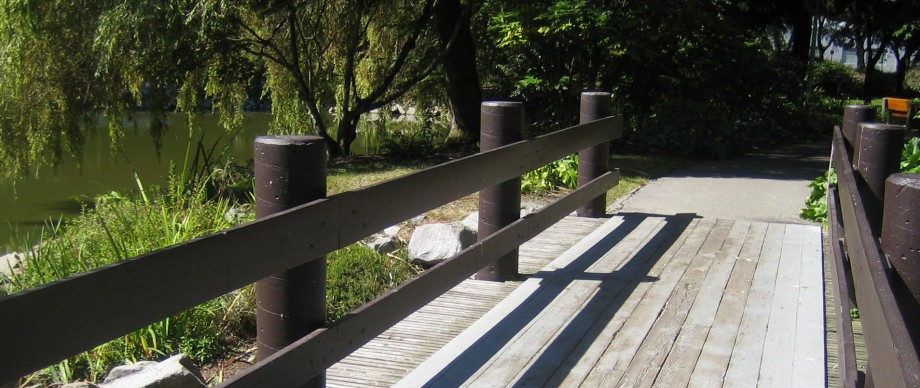Activity #6a: Multiplication
The Basics
Multiplication is basically the same as repeated addition. When you multiply numbers you are adding together groups of numbers.

For example, if we have three groups of five flowers and we need to find the total number of flowers, we can either:
#1 Add the flowers within the groups. 5 + 5 + 5 (5, 10, 15)
OR
#2 We can multiply the number of groups by the number of flowers in one group.
3 groups x 5 flowers
5 + 5 + 5 has the same meaning as 3 x 5 (3 groups of 5)
Notice the symbol for multiplication is an X. The name of that symbol is times.
__________________________________________________
Now let’s look at something interesting:
3 groups of 5 is 5 + 5 + 5 = 15
5 groups of 3 is 3 + 3 + 3 + 3 + 3 = 15
3 groups of 5 has the same answer as 5 groups of 3
So, 3 x 5 = 5 x 3
__________________________________________________
More Rules of Multiplication:
#1 Any number multiplied by 0 is 0.
#2 Any number multiplied by 1 stays the same.
#3 When a number is multiplied by two we are doubling the number.
#4 When a whole number is multiplied by 10 we can simply write a 0 at the end (there is one zero in 10 because it is 1 x 10).
__________________________________________________
Multiplication Tables Chart
A multiplication or times table chart can be useful in helping you memorizing multiplication facts. We will talk more about this next time.

__________________________________________________
Watch the video.
__________________________________________________
Multiplication practice.
Fill in the blanks with the missing numbers and answer the questions. Remember rows go across and columns go up and down. Use your skip counting skills to help you count quickly and easily.
**************************************************
#6b: Geometry: Lines, Segments, and Rays
Let’s begin by reviewing what we have been studying about 2-dimensional shapes. So far we have learned about 2-D shapes, polygons, quadrilaterals, parallelograms, edges and vertices.
Watch the video.
__________________________________________________
Lines, Line Segments, and Rays
This week we are going to take a closer look at the lines that shapes are made from.
There are 3 types: lines, line segments and rays.
A line extends forever in both directions, like this:

A line segment is just part of a line. It has two endpoints, like this:

A ray starts at one point and continues on forever in one direction, like this:

Watch the video.
__________________________________________________
Lines, Line Segments, and Rays practice.
**************************************************
Activity #6c: Time: Minutes
So far we have looked at telling time to the hour and to the half hour. We know there are 30 minutes in a half hour and 60 minutes in an hour. But what about all other minutes on the clock? This week we are going to look at telling time using all the minutes on the clock.
Watch the video.
Telling time to the minute

Let’s review: The front of an analog clock is called the face, or the dial. The pointers on the face of the clock are called hands.
The short hand shows us the hour. If the hour hand is between two numbers, the hour is the earlier number on the clock.
The long hand shows us the minutes. To find the minutes we count by 5s along the face of the clock until we reach where the minute hand is pointing. Sometimes we need to add some minutes because the minute hand isn’t pointing directly at a number.

__________________________________________________
Telling time to the minute practice.
#1 Counting the minutes by 5s: Fill in the clock face counting by 5s.
#2 Time to the minute: Underneath the analog clocks will be digital clocks telling you the time. You will need to draw the hands on the analog clocks to show that same time.
#3 Time to the minute: Each analog clock will have a time shown on it. Write the digital time of the clock underneath it.
***************************************************
***LAST WEEK’S ANSWERS: Polygons & quadrilaterals***
***LAST WEEK’S ANSWERS: Analog & Digital Time using o’clock***
